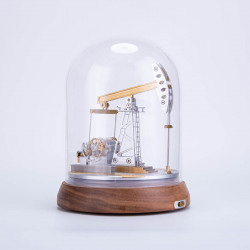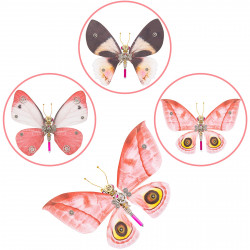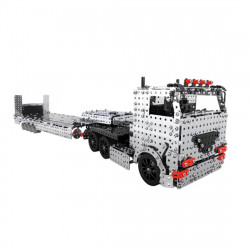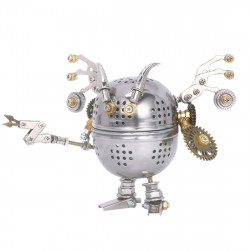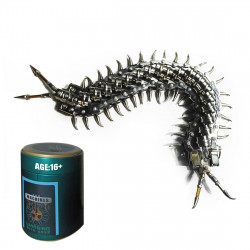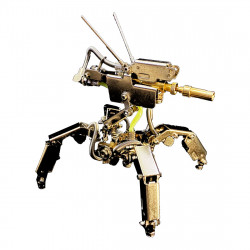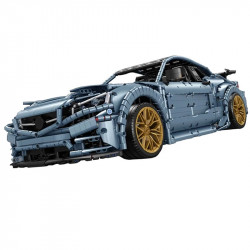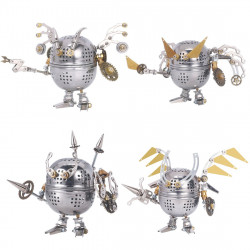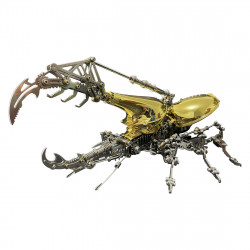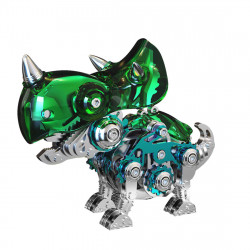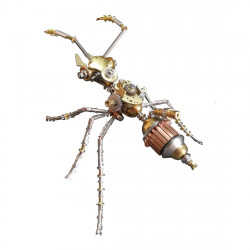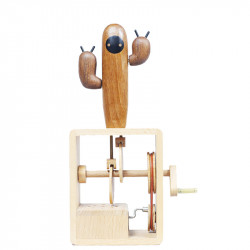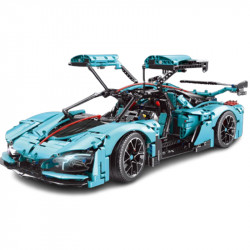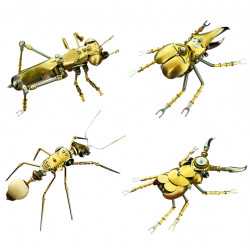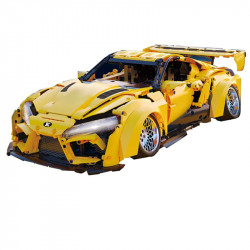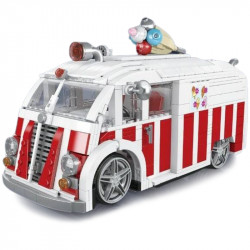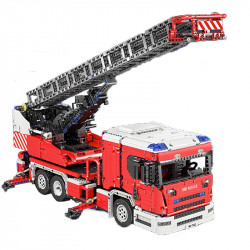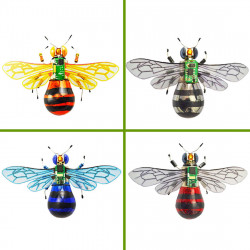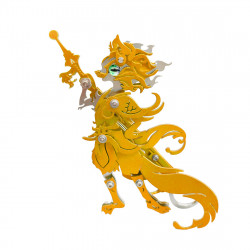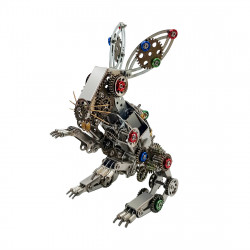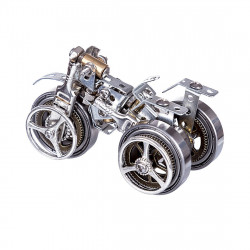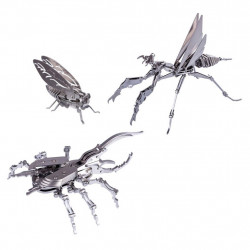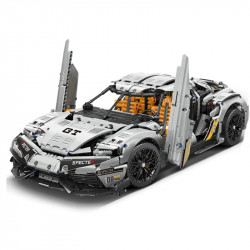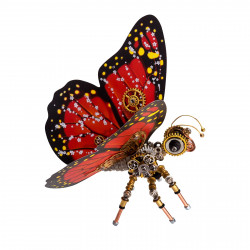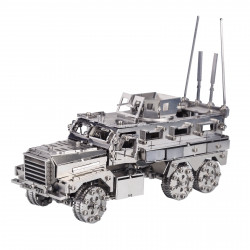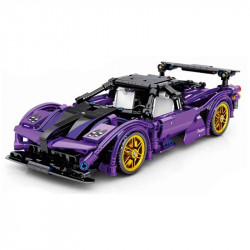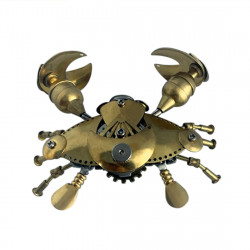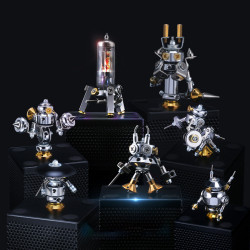10 Different Dragons, How Much Do You Know About It?

10 Different Dragons, How Much Do You Know About It?
Red Dragon
Of all the dragons, red dragons are the most greedy. They are constantly searching for methods to add to their holdings. Red dragons are incredibly self-assured, evidenced by their haughty manner and disdainful looks. Red dragons have broader, thicker scales that are as hard as metal as they age. The red dragon's pupils will shrink with age until its eyes resemble lava balls. Red dragons construct their lairs in sulfurous caves far below the earth's surface. Red dragons, on the other hand, can see everything below because they have a higher resting location. Silver dragons and red dragons are frequently sworn foes. Red dragons, especially their young elves or humans, love flesh. Occasionally, the red dragon would entice naive villages to offer maiden sacrifices regularly. The red dragon will quickly choose whether to attack and, if it does, will select a workable strategy as soon as it locates the victim. Flame breath should only be employed against more formidable foes; claw and bite attacks are meant for lesser opponents. Fire is the primary dragon breath.
Black Dragon
The black dragon is well-known for being the biggest and most potent of the five coloured dragons. Black dragons are cunning and easily angered. Their eye sockets are deeply set, and the skin around their cheekbones and at the base of their horns progressively ages. Black dragons have smooth, small, and thin scales when hatching. As they age, these scales get thicker, darker, and larger, which helps black dragons blend in better with their swamp surroundings. Typically, black dragons construct their foul-smelling homes in expansive, moist caverns in swamps or dungeons with numerous chambers. Black dragons forage for fresh flesh but mostly devour aquatic species. Black dragons frequently use their environment as cover to leap on their prey, and they attempt to stay under the water or on the ground while engaged in combat in swampy areas of dense forests because the woodlands can hinder their ability to fly. However, the black dragon will take off if you cannot defeat the adversary.
No human is willing to battle a black dragon in the dark of night as the night is the black dragon's domain.
The black dragon's primary dragon breath is acid because, while its flame ability is vital in battle, acid is also its killer. Among all the enormous dragons, the black dragon has the most potent melee attack, and even the golden dragon is unwilling to engage in combat with a black dragon. The green dragon's magic ability and this one are nearly identical. The black dragon is quite fond of gold and silver treasures and can always locate golden treasures in its dragon lair. However, the treasures are merely a collection and cannot be used. The risk is above the red dragon, even though the black dragon is ranked lower. While some black dragons are accustomed to leaving wounds from battle, others have a unique hobby that involves collecting the armour and weapons of the enemy they defeat. Before murdering someone, older black dragons occasionally seize them and inquire where their gold, silver, and platinum coins are kept.
Comollon
Being one of the five-coloured dragons, it has a powerful sense of territory. Of all the dragons, they are the best at excavating. Large ears and a solitary horn at the tip of their nose make blue dragons easily recognized. Their colouration varies from vivid sky blue to rich indigo on their scales. Due to a solid electrostatic impact substantially amplified when the blue dragon is angry and fills the air with the scent of ozone and sand, their skins frequently crackle endlessly. The blue dragon often flies over the desert, its body colour blending into the sky, or sometimes hides in the sand and gravel of the desert, only revealing a little portion of its head. Gems, particularly sapphires, are a favoured food of blue dragons, who construct their lairs in expansive underground tunnels. Comments are the blue dragon's favourite food; they roast them like lightning and gorge themselves on them. Blue dragons typically wait to strike from above or below until their target is within 100 feet of them. Elderly blue dragons employ a variety of unique skills to improve the raid's success percentage. Blue dragons view retreat as a sign of cowardice and only leave battle if they are severely hurt. Thunder and lightning are the primary dragon breaths.
Sapphire Dragon
Sapphire dragons are fierce protectors of their domain, and they particularly detest other dragons that trespass into their sphere of influence, be it the Material Plane or the Elemental Earth. Sapphire dragons dislike dealing with any race, particularly the wicked creatures found in the Underdark, and occasionally engage in direct combat with them over territorial disputes. These dragons don't usually engage in small talk unless it pertains to military strategy, in which they see themselves as specialists if not absolute geniuses. The Sapphire Dragon might be more receptive to the outsider if they can introduce a competitive military strategy game to the Dragon. Of course, it would be highly foolish if the outsider caused the Dragon to lose. The sapphire dragon's scales range in colour from light blue to dark blue, and they reflect light in all directions, giving the stone walls of their daily habitats the appearance of a dazzling cascade. Brightness. A sapphire dragon's scales do not deteriorate with age, unlike other dragon species, but its pupils do.
Although they prefer to live in deep, dry tunnels on the Material Plane, sapphire dragons are more at home on the Elemental Plane of Earth. Typically, sapphire dragons conceal cave openings by stone-shaping and geomotion. It will disperse the treasures inside the cave into different stone halls and arrange them artistically. Trophies from aboleths, illithids, or drow are frequently positioned in conspicuous places to remind of and display historical triumphs over these enemies. The Sapphire Dragon will sneak up on the adversary using the "Spider Walk" or "Teleportation" manoeuvre. Its sonic breath attack can harm and disorient the adversary.
Green Dragon
Despite their tremendous intelligence, the toothy jaws and elevated horned crowns of green dragons conceal their aggressive character. Green dragons assimilate more into the forest ecosystem as they age because their scales get bigger and lighter, and their colour shifts to olive or emerald green. The older and more incredible the forest, the more suited it is for green dragons to create their dens. Green dragons prefer to live in caverns on the edges of cliffs or mountainsides, and the strong chlorine odour of their dens makes them easy to spot. Dragons green devour everything. A green dragon will strike any creature, whether mildly provoked or not. The green dragon has an odd personality but is not without kindness. The green dragon prefers to employ magic in battle because the forest is unsuitable for hand-to-hand combat; opponents who underestimate their prowess in hand-to-hand combat have already paid a heavy price. The green dragon will follow an adversary for a while to determine the best time and strategy for an attack if they appear cunning or challenging to defeat. The green dragon will show up if the opponent seems weak. They will use "intimidation" or "hinting" to subdue the humanoid and extract all the required information. Dragon breath mainly consists of acid or poison.
Green Emerald Dragon
Naturally curious, green emerald dragons are keenly interested in the past and traditions of many locations. They frequently possess more excellent local knowledge than the wisest sages. Talking to this dragon is challenging, though, as they are also highly sceptical. An emerald dragon's scales are transparent sea green when it is young, but as it gets older, they harden and take on a range of green hues, from deep emerald to mint, even in the faintest of light. These scales glimmer in the light as well. As the emerald dragon ages, its pupils eventually disappear, and at its oldest, its eyes take on the appearance of shimmering green spheres. Emerald dragons prefer to reside close to locations where certain civilization races have established, but not too close to be noticed.
Emerald dragons on the Material Plane construct lairs atop dormant volcanoes and rear their offspring. The lair of emerald dragons is complete with traps, and they do not trust strangers very much. The jade dragon will hide first if they don't deter intruders; nevertheless, if its treasures or pups are in danger, it will emerge to attack. Before launching a charge assault or lifting their opponent into the air, emerald dragons typically employ the "cloud spell" to blind their adversary. Of all the gem dragons, emerald dragons have the lowest likelihood of engaging in close battle until their adversaries are outmatched. A cone of sound energy, the Emerald Dragon's breath momentarily deafens the target. For an added layer of protection, the oldest emerald dragon can employ the spell-like ability "Shield of Early Warning" to perceive what lies ahead.
White Dragon
The white dragon has the lowest IQ of the five coloured dragons and the lowest ranking among them. Of all the dragons, it is the tiniest and weakest. White dragons can grow to be over 50 meters long as adults. The majority of white dragons are merely ferocious predators. Their facial expressions convey a strong but uncomplicated nature, lacking the cunning of other dragons. A white dragon's lair is typically an underground ice cave shielded from the sun. They keep valuables in ice caverns that reflect the light from the diamonds. Diamonds are especially beloved by White Dragons. Like other dragons, white dragons can consume nearly anything. However, they have an odd quirk: they can only eat frozen food. The white dragon will consume its frozen corpse after murdering its victim with its frigid breath. The Frost Giant is the adversary of the White Dragon. White dragons enjoy surprising their targets by leaping from great heights or making abrupt appearances in the snow, under the ice, or at the bottom of the ocean. Ice is the primary dragon breath.
Silver dragon
Silver dragons are beautiful and regal in appearance, and they are eager to help those good creatures in genuine need. Silver dragons frequently transform into lovely maidens or compassionate older men when they interact with humans. The power they wield can be divided into two categories: the power of space and the power of metal. The power of space is utilised mainly in magic acts. The silver dragon is said to be a skilled space wizard. Until it happens practically instantly, you never know where it will come in the next instant or how long it will stay in one spot. Measurement Slash is an unavoidable phenomenon. As it gets older, the silver dragon's scales will get brighter and brighter, and its pupils' hues will get lighter and lighter. During the oldest stage, the eyeballs resemble balls of mercury. High altitudes, like solitary mountain peaks or areas shrouded in fog and clouds, are preferred by silver dragons for the construction of their lairs. They usually have a little hint of rain on them.
Silver dragons frequently build close connections with mortals and appear fondly fond of the human form. Silver dragons enjoy eating human food, which is a constant source of nutrition. Red and silver dragons frequently conflict because they nest in comparable settings. Their interactions are often violent and fatal. Silver dragons don't have particularly fierce attitudes and won't charge into combat unless their enemies are exceedingly malevolent or blatantly offensive. They use the "cloud spell" to make their opponent invisible before hitting and the "anti-gravity" to send them hurtling through the air.
Brass Dragon
Talkative and articulate, brass dragons occasionally impart some vital information, but usually only after prolonged periods of light talk and persistent prodding to give it a gift. As a brass dragon ages, its pupils darken until they resemble molten metal balls. Brass dragons spend most of their time in the desert sun, enjoying the dry heat. They smell strongly of sand and metal. They prefer to excavate tall burrows for their dens. Although they typically eat very little, brass dragons can eat nearly anything. They can obtain their nutrients from the morning dew. The blue dragon poses the greatest threat to the former because the blue and brass dragons share the same environment. The more enormous blue dragon will appear on top in a one-on-one fight. As a result, brass dragons typically avoid conflict with other dragons before striking to surround themselves with allies. Speaking with explorers is more appealing to brass dragons than engaging in combat. When in danger, younger brass dragons will fly out of sight and hide in the sand, while more experienced brass dragons will strive to outfight their opponents.
Bronze Dragon
Being highly curious, bronze dragons frequently change into amiable little creatures to watch explorers enter their domain. They are enthralled with the idea of fighting and often want to enlist in the army to uphold justice and receive a handsome salary. Bronze dragons have smooth scales and webbed feet, making them excellent swimmers. Their eyes are like bright green balls when they are the oldest. Bronze dragons like to dwell close to deeper freshwater or saltwater environments, and they frequently descend to the bottom of the water to cool off or to look for pearls and hidden riches. Bronze dragons like to live in caves only accessible by water, yet their lair's interior is always dry. Bronze dragons consume aquatic plants and animals, particularly shark flesh, and their bodies smell like seawater. Because they dislike killing, bronze dragons employ "detection thoughts" to ascertain the motivations of sentient beings. The bronze dragon will sprint in battle after using "cloud and mist" to obstruct the enemy's vision. They use their tails to pound the hull or call out storms to oppose enemies navigating at sea.
Giant Dragon
The dragon is the biggest, strongest, brightest, and most hostile of all the dragons. Dragons develop quickly and are born the size of adult dragons of other kinds. The dragons' scales get more extensive and thicker as they mature, becoming as strong as metal and impervious to damage from weapons. It is possible to spray ice, lightning, and dragon flames. It also has a unique feature called "Dragon Roar," which uses the enormous energy that the roar produces to demolish anything in its path. It uses its "Dragon Might" to frighten away creatures lacking confidence before attacking, and it then chooses the best attack strategy according to the quantity and power of the adversary.

